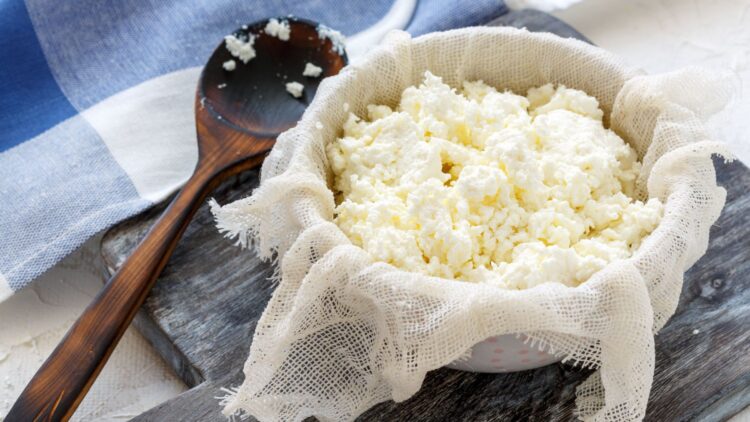If you follow even a single food influencer on Instagram or TikTok, you already know that cottage cheese is in its comeback era. Until fairly recently, the dairy product was largely maligned as a gloopy mess of curds bred from low-fat diet trends of the 1970s. The well-known cottage cheese has now become a viral trend in many people’s diets through social media.
A versatile ingredient: its unexpected uses
Since the 70s, it’s seemingly risen from the ashes as a versatile ingredient with a place in both sweet and savory dishes — plus a host of nutritional benefits, including servings of protein, calcium, and vitamins. Part of the current appeal of cottage cheese is its more unexpected uses. Case in point: It makes a great replacement for cream cheese, which may come in handy for those looking to make their morning bagel a little healthier. Here’s how to master the switch.
A nutritious cream cheese dupe
Subbing cream cheese for cottage cheese might not go totally undetected, but it’s a great dupe for those how are looking for a nutritious alternative. For cold applications, such as a spread for a bagel, toss some cottage cheese in a blender and give it a few pulses to mimic cream cheese’s smooth and creamy texture. In the case you’re put off by the runniness, try adding a few spoonfuls of heavy cream or half-and-half to thicken it up a bit. Once you reach your desired consistency, toss in your favorite cream cheese flavors, like chives, scallions, dill, or the fried onions in your pantry from that green bean casserole you never made.
For desserts that call for cream cheese, mix a one-to-one ratio of strained cottage cheese and heavy cream. And don’t care about the flavor of cottage cheese affecting your sweets; the ingredient is known for its mild flavor, making it perfect for cakes, muffins, breads, and other baked goods.
Other incredible uses for cottage cheese
In terms of food, cottage cheese can add tanginess, body, and nutritional benefits to all sorts of dishes. Some people add it to scrambled eggs for extra protein and a super-fluffy texture. Others, like recipe developer Carolina Gelen, use it to make “tender, delicious sandwich bread with a little extra protein.” Meanwhile, cookbook author Hetty Lui McKinnon adds it to pasta with mushrooms for a simple, richly flavored dinner with a “light, silky texture.” You really can’t go wrong with this stuff.
Overall, if home cooks have learned anything from the recent cottage cheese resurgence, it’s that the ingredient can be used in tons of unexpected ways — and not just as a cream cheese substitute. As told by Annie Hammang in Slate, one San Francisco suburb actually went so far as to use the curdled milk product to detoxify carcinogenic groundwater left behind by a factory in the mid-20th century. (But that’s a story for another time.)
The origins of cottage cheese
The origins of cottage cheese go back a long way. In fact, there are references to products very similar to cottage cheese or curd cheese in texts from ancient Rome, where mixtures of sour and salted curd were made.
But when it comes to cottage cheese as such, its history dates back to the mid-19th century, when cheese production on farms became increasingly important for the food industry and manufacturers had to manage to avoid wasting the milk left over after preparing butter.
Subsequently, cottage cheese enjoyed a boom throughout the 20th century, particularly during the First World War, when it was heavily promoted for its nutritional benefits and high protein content, and throughout the last century, its consumption grew exponentially and, arguably, today, it is still the most popular cheese in the world.

